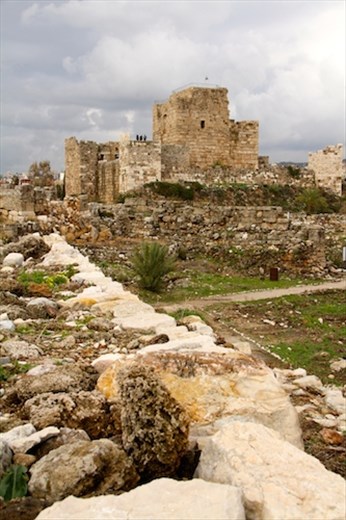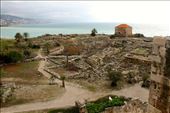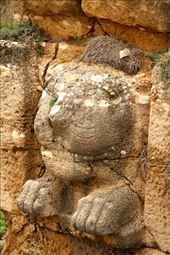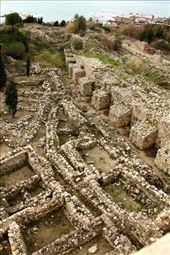BYBLOS MIGHT JUST BE THE OLDEST CONTINUOUSLY INHABITED town in the world and the Monoberge Hotel is the ideal base for exploring the area. Like everything in Lebanon, it is a bit pricey, the electricity is intermittent and the wifi is rubbish but the hotel is within walking distance of a supermarket, several restaurants and the World Heritage Site of Ancient Byblos.

Called Gubla by the Phoenicians and Jbail on the highway exit sign, “Byblos” refers to papyrus and the town’s importance in the paper trade. The ancient city, which has been ruled in turn by Egypt, Phoenicia, Persia, Greece, Rome, Byzantium, Muslim Arabs, Crusaders and the Mamluks, has Neolithic roots going back 7000 years. The site is dominated by the towering 12th Century Crusader castle overlooking the remains of its other residents; royal necropolis, Phoenician wall, Egyptian obelisks, Persian ramparts, and countless foundations, walls and temples. Even the on again, off again rain didn’t daunt us as we explored all the nooks and crannies layer by layer like peeling an onion.


Temple of the Obelisks View from the Crusader castle


Lion on Persian ramparts Phoenican wall
We didn’t fare as well on our attempt to visit Baalbek. We followed the twisting road as it climbed into the mountains, more than a mile high. We hadn’t reached the half-way point when the rain changed to sleet, then snow. Discretion being the better part of valor, we retreated back to the hotel.